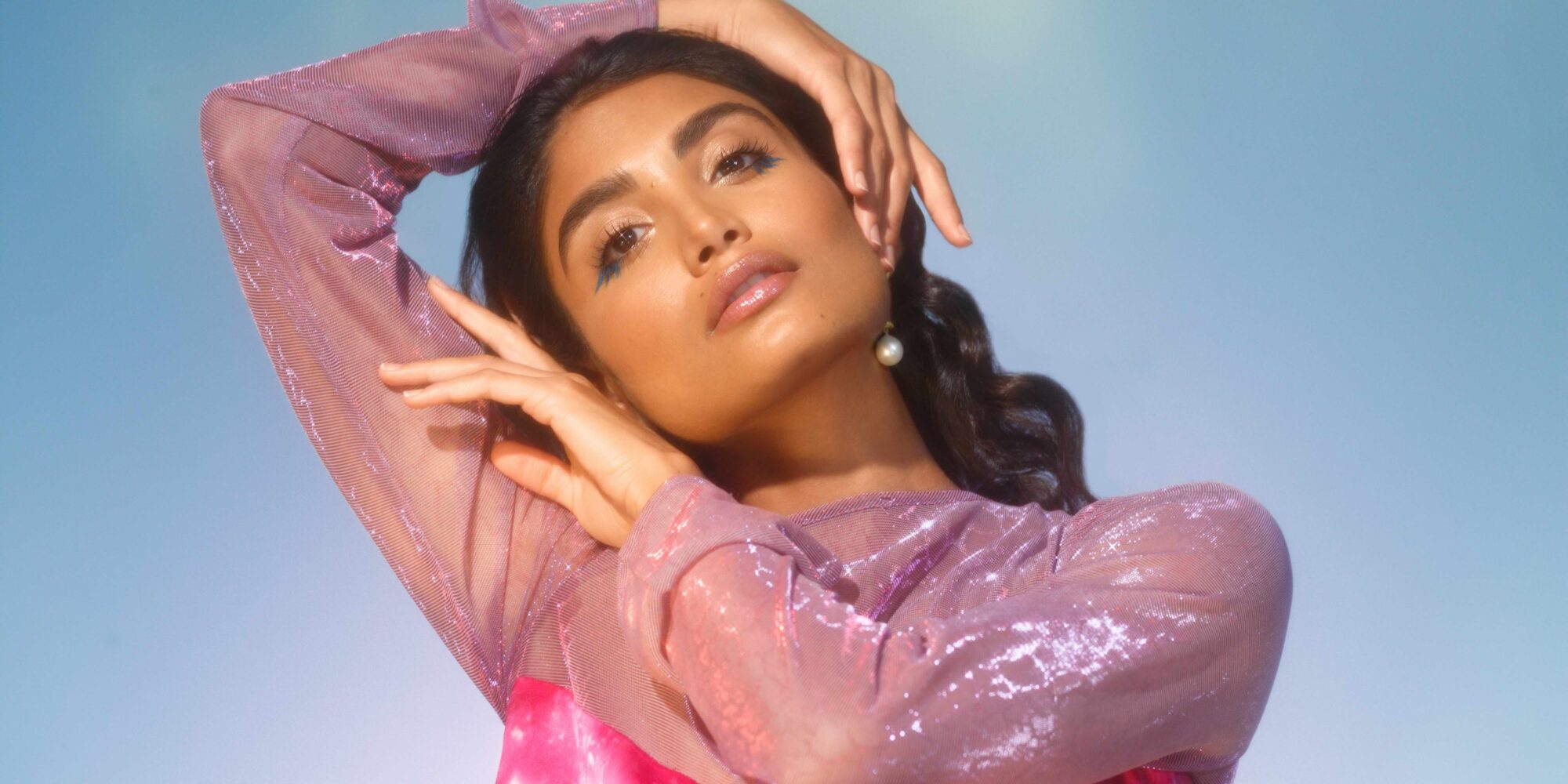
How Kulfi Went From Online-Only At Sephora To Rolling Out Across Its North American Stores
Slightly over a year ago, plucky independent color cosmetics brand Kulfi moved from online-only at Sephora to selling on the beauty specialty retailer’s “Next Big Thing” displays at 300-plus stores in the United States and Canada. At the time, it was beginning to garner attention for its brightly colored eyeliners, creamy concealers that paid special attention to oft-overlooked olive skin tones, and whimsical Indian cultural references in its shade names and product concepts.
The attention has turned into sales. According to Kulfi, it’s the No. 1 brand in the “Next Big Thing” end-cap lineup and consistently a top 10 brand at Sephora in the categories it plays in, besting both industry giants and buzzy challenger brands with full bays of product. Kulfi founder Priyanka Ganjoo told the publication Glossy that the brand’s Sephora business jumped 350% last year, and it’s on course to grow a similar amount this year. Sixty percent of its sales are from Sephora. Catapulted by its standout performance, Kulfi is landing at every single North American store of the chain.
The brand raised institutional capital to help finance its Sephora rollout. Ganjoo declined to discuss funding, but financial information resource Pitchbook estimates Kulfi has secured $3 million. Its investors include Sandbridge Capital and Gold House Ventures.
Three-year-old Kulfi isn’t alone among a younger cohort of brands experiencing success at Sephora. Data from commerce insights platform Daash Intelligence, media outlet The New Consumer and investment firm Coefficient Capital shows that brands founded after 2014 have steadily been making up a larger percentage of revenue at a major undisclosed beauty specialty retailer.
In the second quarter this year, they held 40% share, up from 27% share two years ago. Half of all revenue growth at the retailer was driven by younger brands in the second quarter last year, while close to 100% of it was driven by younger brands in the second quarter this year.
An executive at a budding skincare brand recently shared that Sephora merchandisers are encouraging young brands to look to Kulfi for cues on how to flourish in its famously make-or-break environment. So, what are those cues, exactly? We talked to Ganjoo to dig into the strategies that have made Kulfi a star at Sephora.
How did your relationship with Sephora start?
Our relationship with Sephora started with Sephora Accelerate. People think Kulfi was an overnight success, but we were accepted in that program in October 2020 before we even launched.
From there, it took us about 18 months to get into sephora.com. When we launched online, we launched our concealer, and it sold out in four weeks. We had this viral TikTok moment, and we had no more inventory to ship just because I had not envisioned the scale of Sephora’s exposure. It helps you grow and brings you in front of a new audience, but you have to be prepared. That was a big lesson.
How did you prepare to go from online-only to servicing 300 doors?
Our No. 1 thought going into the in-store launch was, “How do we make sure we have sufficient inventory?” Not just for the launch, but beyond the launch because you don’t want to lose that marketing momentum. You don’t want to lose all the goodwill you built out by not being able to refill your shelf.
And that becomes even more important when you’re in-store versus when you’re online, where there’s a little bit more flexibility. Once you’re in store, it’s really about productivity. You have to keep your shelf full.
Can you describe how you approached the inventory planning process and launch?
Our first step was to build forecasts that considered all the different potential scenarios, including the high scenario, which, of course, comes at its own risk. You don’t want to be sitting on a lot of inventory if it doesn’t move.
The second step was the marketing piece. How do we, in the universe of brands that exists at Sephora, make someone want to come into Sephora and ask for Kulfi? We decided on a multi-pronged approach of both social and digital efforts. We planned events. We had a Color Me Kulfi campaign that we ran across multiple cities where we did pop-ups in New York, LA and Dallas, which engaged the local community and influencers in those communities.
In addition, we were thoughtful about engaging the Sephora beauty advisors. We did some gratis, which is basically giving out products so that they can try it so that they can recommend it to people. The 360 effect of all of these efforts was that we were able to generate excitement when we launched.
When I walk into the store now, the beauty advisors tell me they love our concealer because they’ve actually had a chance to try it. It was a big investment at our size, but it was worth it. The beauty advisors are the ultimate influencer in the store.
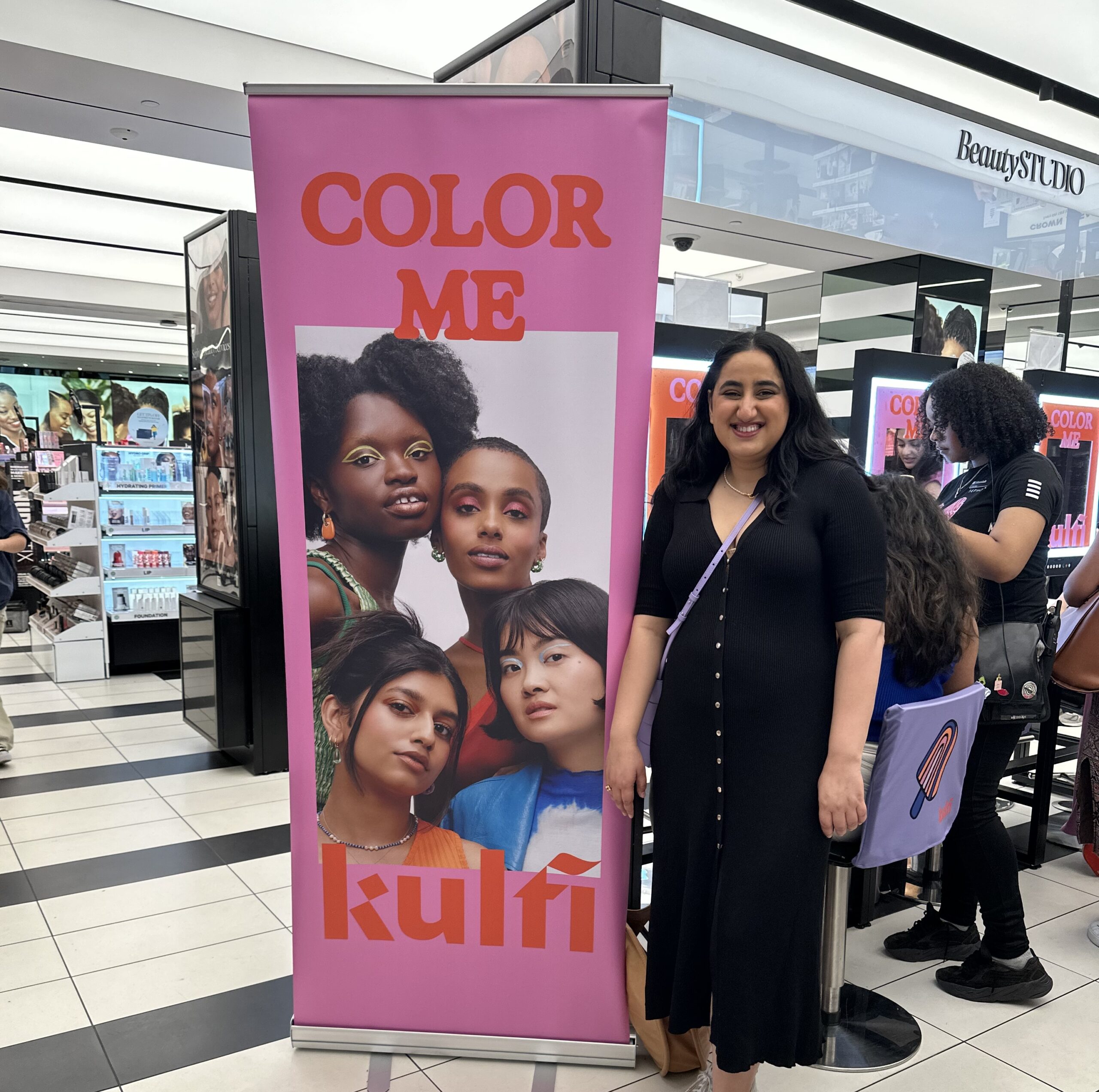
How many people did it take to pull that off?
When we launched online, there were three people on the team: me, our product development director and our social media manager. That was it.
We added some key people last year to be prepared for the original in-store rollout: someone in marketing, someone in finance who helped us build the projections. We also hired our first field sales and education director and a team under her to help bring that field education into play.
I was also at the events and present to go to all these different markets and locally interact with the Sephora store team members, and Sephora has education programs when a brand launches or when they’re doing new product launches to push out content to their beauty advisors. It was a combination of all of those efforts.
Were there growing pains when it came to launching in-store?
To be fair, they warned us about this: The testers and damages are big chargebacks that happen because they have to keep out testers, especially for makeup. And we have so many SKUs. We have 10 concealer shades in the store and five eyeliner shades, and everything needs a tester.
The more people that are testing your product, which is a good thing, the faster they run out and have to be replaced. The setup is expensive in terms of the chargeback on testers and damages. It’s just something you have to manage from a cash-flow perspective. We just model it in. It’s part of the business.
Kulfi has been a consistent top 10 brand in Sephora in its categories. Is that unusual for a brand that’s only been in certain locales?
The fact that we’ve been able to have launches break through the top 10 for specific product categories is definitely an accomplishment. For example, the brow gel. Brow is a market that is dominated by some big, big players. How do you break through that noise?
I think the way we did that was through culturally inspired storytelling. Our brow gel is inspired by the South Asian tradition of hair oiling. It’s really about nourishing your brows. It gives you a beautiful, laminated look, but it also has conditioning benefits.
And the storytelling was really powerful. It really engaged the community and broke through the clutter of the product landscape. We created something new and interesting for the consumer to experience. By doing that, we’ve been able to break into categories which are led by giants in the beauty industry.
What plans do you have to support this month’s North American rollout in terms of marketing, in-store events, etc.?
We’ll be doing more of what we’ve already been doing. For example, New York City is our No. 1 market in-store. That’s because the store team is the most built out, and we’re able to do a lot of local events.
We’re doing events in-store to support the launch of our Lassi Lips staining lip oil. Lassi is this yogurt drink that’s fun, tasty and juicy. Our lip stains are inspired by that. For our events, we’re bringing in lassi drinks so people can taste it and experience it while learning about the product. We’re doing that in four stores across New York City. We’ll be doing more of that because we’ve found engaging the community on the ground is really important.
The second thing we just launched in July our first official brand ambassador program, Kulfi Besties. We have about 500 creators we onboarded in the first round who are all U.S.-based. They’re micro-creators who love beauty, love the brand and want to connect with each other.
Will you be heading to areas throughout the U.S. and Canada to support the launch?
Over the year, we’ll be going into doing store visits. Our team has been in California, Florida. We’ll be revisiting some of those markets and heading to Canada in September to engage with the market there in Toronto.
Last year we did a mega-tour, but we realized it’s much better to spend a little bit more time on the ground and space it out over the year. We’re excited about being able to visit the stores, but we will pace that out.
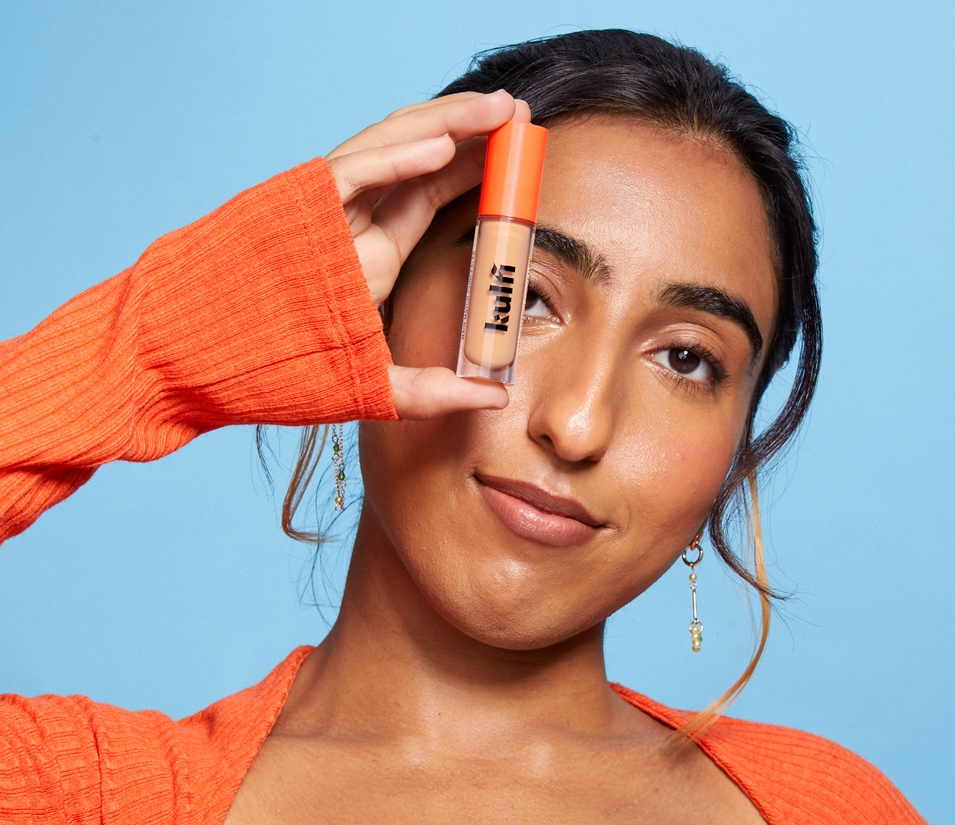
What were major challenges you faced when prepping for this upcoming North America expansion?
The biggest challenge is inventory. For us, every launch has gotten bigger, which is a good problem to have. But, for example, when we launched Free the Brow in February this year, we purchased what we thought was a whole year of stock, and it sold out in three months.
We’re working with this amazing Italian manufacturer, but they have an eight-month lead time. We had this amazing lounge launch and momentum, but now we’re out of stock, and we’ve been out of stock for months.
It’s a very stressful situation as a brand. We’re still trying to rectify that and course correct. We just launched our Lassi Lip Staining Lip Oil. We bought, again, what we thought was sufficient stock, but, again, we’re selling through it quickly. I think the biggest lesson for us is like, how do we right-size our inventory buys?
Many brands with Asian heritage and South Asian ties in particular have struggled to toe the line between referencing heritage and offering cool, covetable products. How have you approached it?
I have to give a nod to our OG Kulfi Kajal eyeliner. We sell one every five minutes. That was the first product we launched with, and the campaign we launched with spoke to nazar, which is essentially the evil eye. Traditionally in South Asian culture, people use kajal to ward off the evil eye and that cultural messaging resonated with the South Asian community and so many others, with the universality of it being a ritual of protection.
It’s a ritual of spreading good vibes and really embracing yourself through color, through the kajals that we have. And that’s a product that’s consistently been a top seller for us that speaks to that cultural story, but is also just a really great eyeliner. It’s highly pigmented, glides on like butter and sets after 20 seconds.
Oftentimes the cultural aspect can feel shoehorned in, and it seems like you are coming from the front end, this is where the product originates.
Absolutely. We’re able to do this because we only launch a couple of products every year. This year, we just launched two. Each one is very intentional. We take a long time to develop and craft the product itself as well as the messaging that ties back to our brand ethos of encouraging self-expression and play.
How have you been able to appeal to gen Z customers?
Half of my team is gen Z. That helps! We’re not trying to imagine what their mindset is or read a customer report. The content we’re producing is being produced by gen Z team members.
When we do focus groups to understand product development, we invite people of different age group, many of whom are gen Z. We ask them, “What do you want to see from us? Why do you buy Kulfi?” So, it’s them telling us what they want as opposed to us imagining. And I think people see that.
What direction can the customer expect to see from Kulfi in the future?
Right now, we’re really excited to grow our partnership with Sephora. My dream would be to have a Kulfi end-cap with a dedicated makeup section that shows how we want to imagine the makeup category.
We’ll probably have our first installation outside of Next Big Thing this holiday season. We have these really juicy holiday sets launching, and they’re going to be on separate holiday towers, which I’m really excited about.
In a few years’ time, I would like to bring Kulfi to a global audience outside of the U.S. and Canada. We see high traffic from India, Australia, the U.K. and the U.A.E., but we would need to find the right partner and timing to enter those markets.
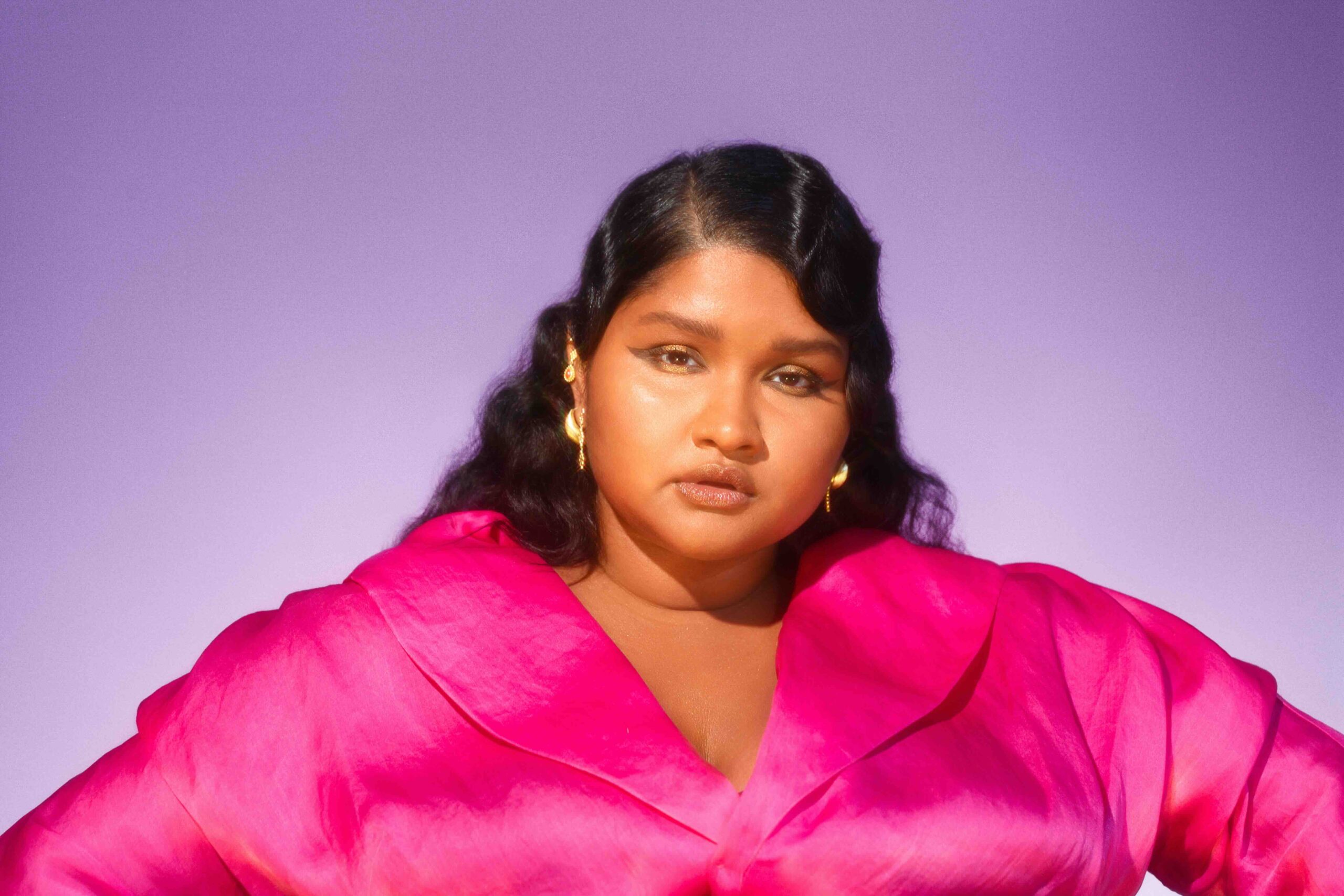
How do you foresee Kulfi’s assortment growing?
The reason we’ve been able to break out as a brand is that we haven’t been a one-hit wonder. It’s hard for a brand to grow beyond that. Concealer is our No. 1 category right now, but we have a healthy mix of lip stain, brow gel, eyeliner and other categories that make up our sales.
As we grow, there’s definitely room to continue investing into two core areas, color cosmetics and complexion. Growing more in complexion makes sense because we’re solving a real need there, just like there is a need for [cosmetics that flatter] diverse undertones in color cosmetics, too.
We’ve created unique color stories like our purple blush, which went viral because it was a beautiful pink-toned purple that looked amazing on all undertones. I see Kulfi’s future as really solving that need in complexion while still infusing playfulness with products like a lip stain that makes your getting ready ritual fun.
Launching concealer online was definitely interesting.
You have to be naive! We surprised people as an indie brand when concealer was the second product we launched with. To be honest, we’ve been working on a foundation for a very long time, but I’m less naive now, and we want to get it exactly right. It is a very complex category, but with such a big white space, and products have not yet been created for our target demographic.
Success in one retailer brings other retailers knocking. Are you getting phone calls right and left?
I wouldn’t say right and left, but we’re definitely getting inbound requests. People have recognized how Sephora has helped us shape our brand, and they want to be part of it. We have an exclusive relationship with Sephora now.
I think it’s more important to have quality points of distribution, with every point of distribution being productive versus just adding points of distribution. We’d definitely be excited about [retail expansion] when it’s the right time for us, but it’s still early days.
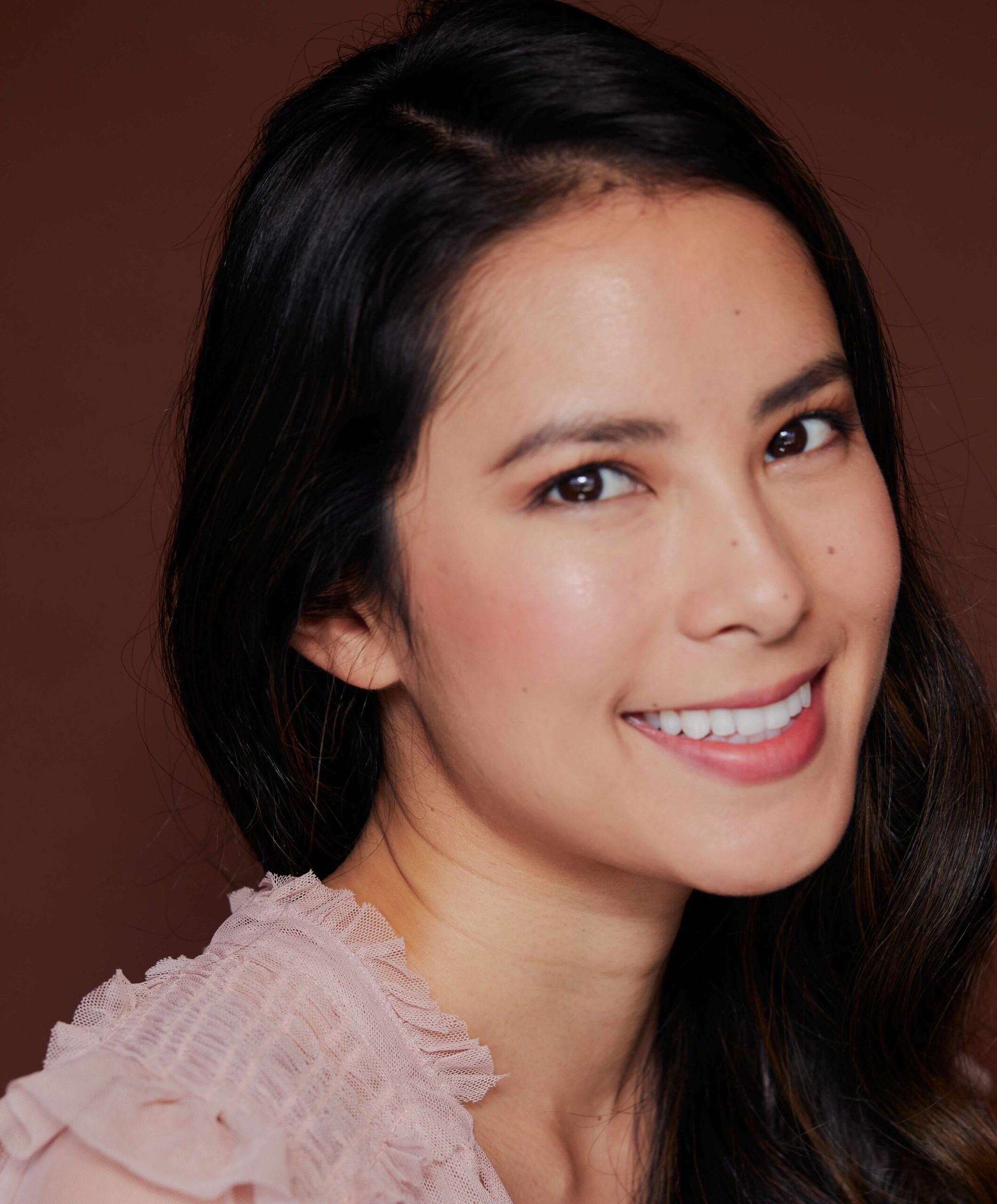
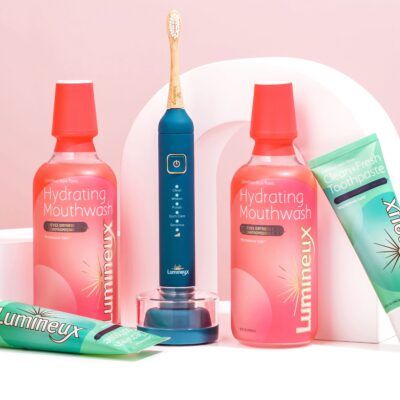
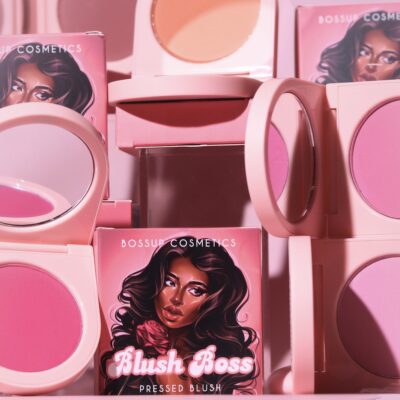
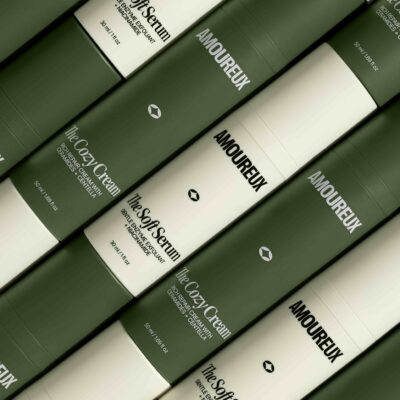
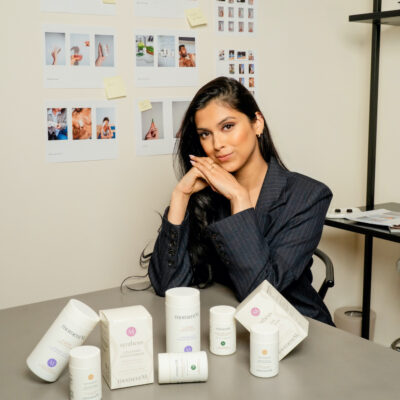
Leave a Reply
You must be logged in to post a comment.